Earthquake Recording Instrument (ERI) / Seismic Accelerograph Specialist Supplier & Contractor in the Philippines
Utilizing the latest technology from Switzerland & our Philippines based British & Filipino engineers, equip your building assets with high quality seismic accelerographs in compliance with statutory DPWH & LGU Requirements.



Ambraseys Earthquake Systems is a brand of Skempton Construction Corporation




Mageba Robo-Quake for High Rise & Low Rise Structures
Mageba Robo-Control for Bridges & Dams
The Mageba Robo-Quake System
Accelerographs
Highly sensitive acceleration sensors and recorders that detect and capture strong ground movements during earthquakes—delivering reliable, real-time data to help protect what matters most.
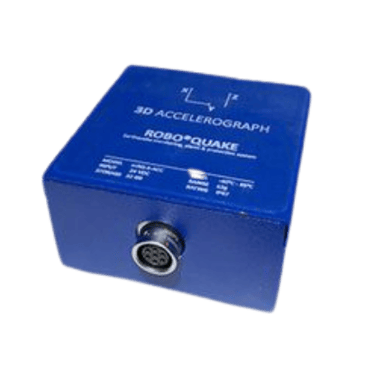

ROBO®QUAKE is a fully integrated Structural Health Monitoring System (SHMS) designed to deliver comprehensive insights into structural behavior before, during, and after seismic events. It consists of multiple interconnected electronic components that operate together as a cohesive system. Below are the main components of the system:
Main Data Unit (MDU)
A powerful combination of advanced hardware, smart software, and specialized algorithms—designed to seamlessly acquire, process, record, transmit, and report critical data.
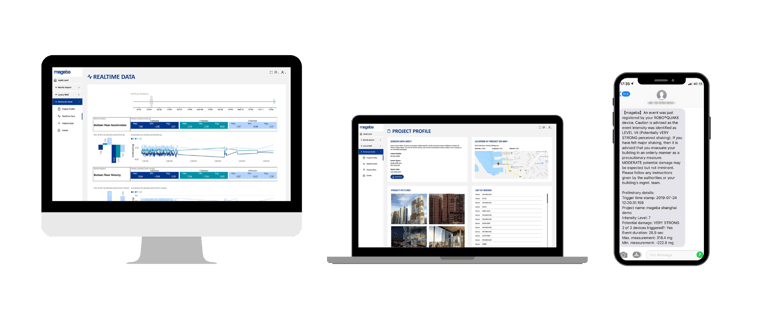

Data Analytics
ROBO®QUAKE offers a range of versatile add-ons that expand its capabilities—from additional sensor integrations and event-triggered instrument control channels to voice alarms and more—tailored to meet diverse monitoring needs.
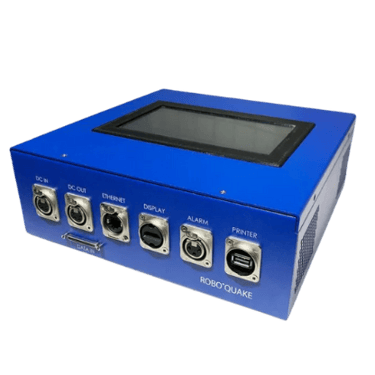

Buildings Requiring Earthquake Recording Instrumentation (ERI)
1
2
Buildings > 50 meters in Height
At least three accelerographs located at the Ground Floor / Lowest Basement, Middle Floor & Below Roof
Hospitals ≥ 50 beds
One Accelerograph installed at the Ground Floor or Lowest Basement
Schools ≥ 20 classrooms & ≥ 3 storeys
One Accelerograph installed at the Ground Floor or Lowest Basement
3
4
Commercial Buildings with >1,000 occupancy or gross floor area >10,000m2
One Accelerograph installed at the Ground Floor or Lowest Basement
5
Provincial, City, Municipal Halls & Buildings
One Accelerograph installed at the Ground Floor or Lowest Basement


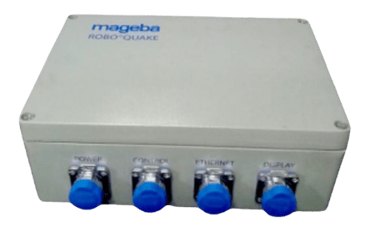







Mageba Robo-Quake High Rise Unit (3 Accelerographs & separate MDU)
Mageba Robo-Quake Low Rise Unit (1 Accelerograph with integrated MDU)
Market Leading Technology with a wide range of features for ease-of-use and reliability, Ambraseys Earthquake Systems' Earthquake Recording Instrument (ERI) is an ideal option for your building structure.
Key Features of the RoboQuake Earthquake Recording Instrument


Modular & Expandable


User-Friendly


Cost-Effective & Low Maintenance
Electronic Instrument Control
Adaptable with additional components
Easy to use and navigate
Designed for affordability and reliability
Enables seamless device management
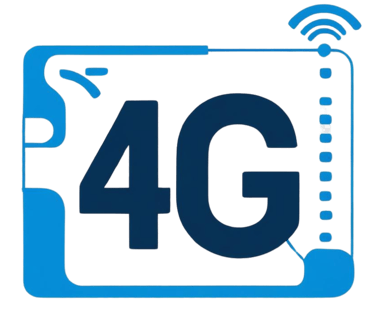

Broadband & 4G Connectivity


Mobile Access


Real-Time Insights
Event Intensity Detection
Ensures uninterrupted data transmission
Web-based interface for remote monitoring
Secure web login for instant data analysis
Identifies seismic activity in real-time
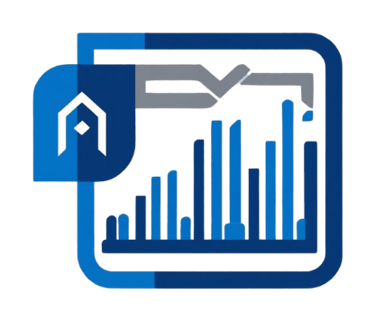

Automated Reporting




Instant Notifications
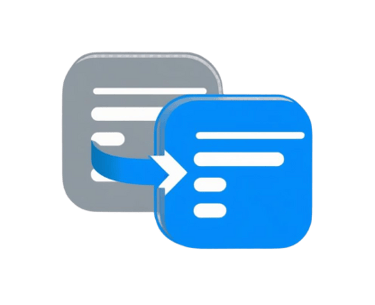

Universal Sensor Compatibility
Flexible Data Transfer
Generates detailed event reports
Alerts via SMS, email, app, and on-site systems
Works with any type of sensor
Supports wired and optional wireless transmission
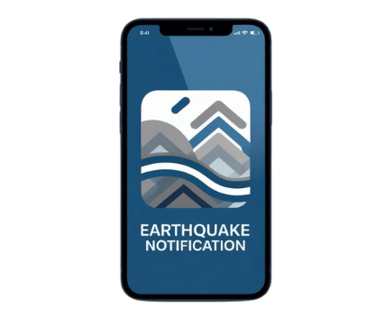

The Mageba Robo-Control System
ROBO®CONTROL Permanent is a fully automated Structural Health Monitoring System (SHMS) that provides continuous insights into a structure’s condition and performance over the mid- and long-term. By using strategically placed sensors to measure parameters such as temperature, vibration, strain, tilt, and displacement, the system determines key structural characteristics including natural frequency, deformations, and loads. All measured data is automatically transmitted to a secure server for processing and can be accessed by authorized users via a web-based platform, complete with analysis tools and alarm functions.
Comprehensive Structural Insights
ROBO®CONTROL Permanent continuously monitors forces, vibrations, displacements, tilts, and climatic influences. This provides engineers with precise data on structural behavior, enabling informed decisions that extend service life and optimize life-cycle costs


Real-Time Remote Access
The system automatically transmits data to secure servers via GSM/GPRS. Authorized users can access results anytime through a web-based interface, with customizable alarm notifications when preset thresholds are exceeded
Flexible and Scalable Design
Tailored for bridges, buildings, and industrial structures, the system integrates multiple sensor technologies. It operates long-term with optional solar power, supports server localization, and allows future sensor upgrades or expansions.


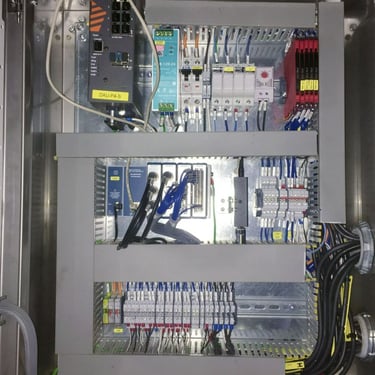

Past Clients
AmbraseysPH Corporation's sister companies have successfully sold high quality instrumentation to various private & government clients nationwide in the Philippines for almost a decade.
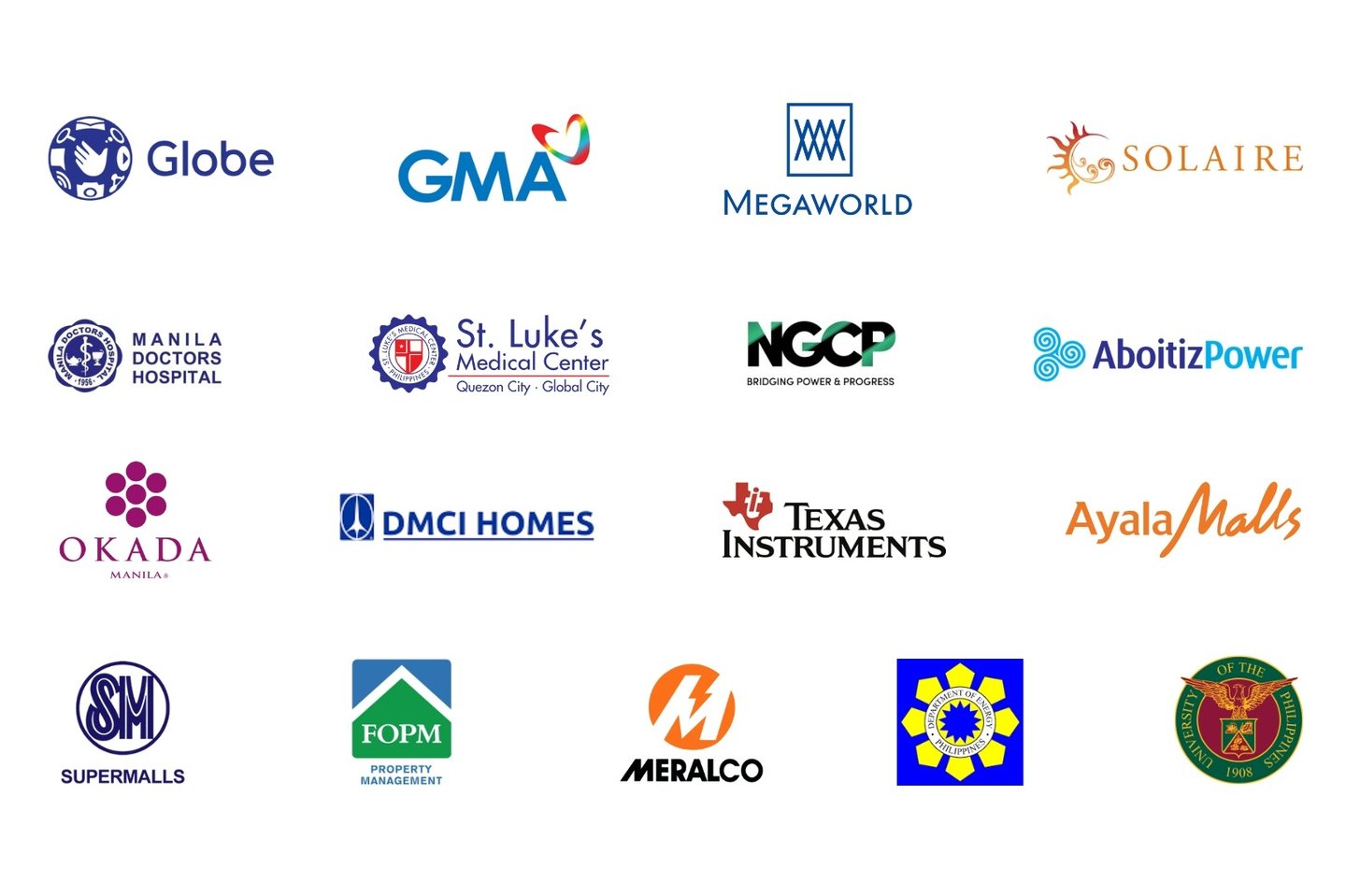

Useful Resources
Ambraseys Earthquake Systems aims to assist your property in securing its compliance with your Local Government Unit's requirements for the Seismic Device / Seismic Accelerograph / Earthquake Recording Instrument / Earthquake Monitoring System
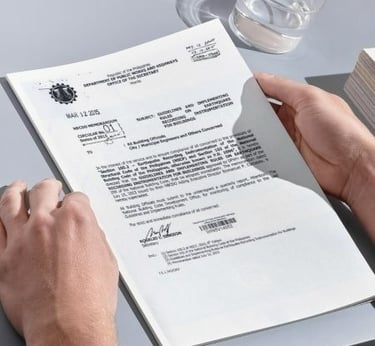

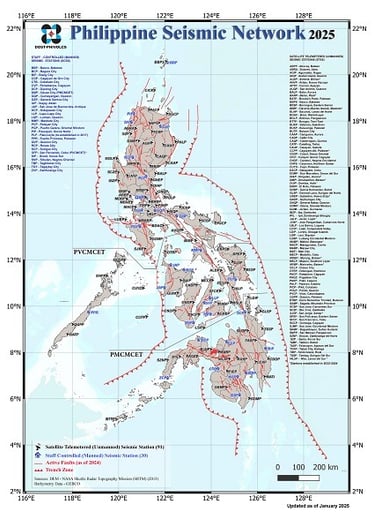

Guidelines and Implementing Rules on Earthquake Recording Instrumentation for Buildings
The "Guidelines and Implementing Rules on Earthquake Recording Instrumentation for Buildings," issued by the Department of Public Works and Highways (DPWH), provide detailed specifications for the installation and use of earthquake recording instruments in buildings, as outlined in Section 105.2 of the National Structural Code of the Philippines 2010, Volume 1, 6th Edition (NSCP 2010). These guidelines aim to enhance seismic monitoring by detailing the types of instruments required, their placement within structures, and the procedures for data acquisition and reporting. The objective is to improve building safety and resilience by ensuring accurate recording of seismic activities, thereby aiding in the assessment and mitigation of earthquake impacts on structures.
Citizen's Charters
A Citizen's Charter is an official document that outlines the services provided by a government agency or local government unit (LGU), detailing the step-by-step procedures, requirements, processing times, and fees involved. In Metro Manila, various LGUs have developed their own Citizen's Charters to promote transparency and efficiency. The Citizen's Charter covers the requirements for Earthquake Recording Instrumentation (ERI).
Philippines Institute of Volcanology and Seismology (PHIVOLCS)
The Philippine Institute of Volcanology and Seismology (PHIVOLCS) is a government agency under the Department of Science and Technology (DOST) responsible for monitoring and studying earthquakes, volcanic activity, and other geotectonic phenomena in athe Philippines. Its mission is to reduce the risks posed by natural hazards through accurate data, timely warnings, and public education. PHIVOLCS plays a vital role in national disaster preparedness by providing scientific information, developing hazard maps, and operating monitoring systems across the archipelago. Through tools like the FaultFinder (available as a web or an Android App) and its nationwide seismic network, PHIVOLCS helps communities, engineers, and decision-makers build a safer and more resilient Philippines.
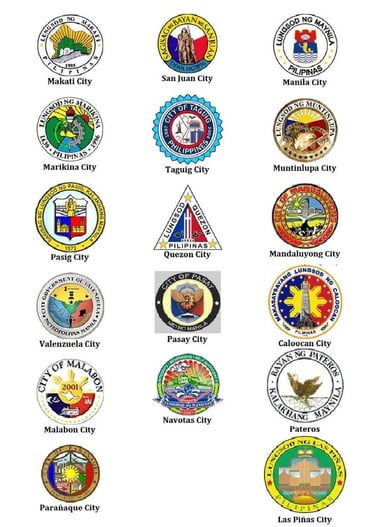

Contact us
Whether you have a request, a query, or want to work with us, use the form below to get in touch with our team.


Visit Us
10 OP Cyberone Building
11 Eastwood Avenue
Bagumbayan, Quezon City 1110 Philippines
Social Media
Metro Manila
(+63) 919-296-5410
info@ambraseys.ph
Visayas & Mindanao
(+63) 906-577-6739
vismin@ambraseys.ph
Contact


A brand of Skempton Construction Corporation:




